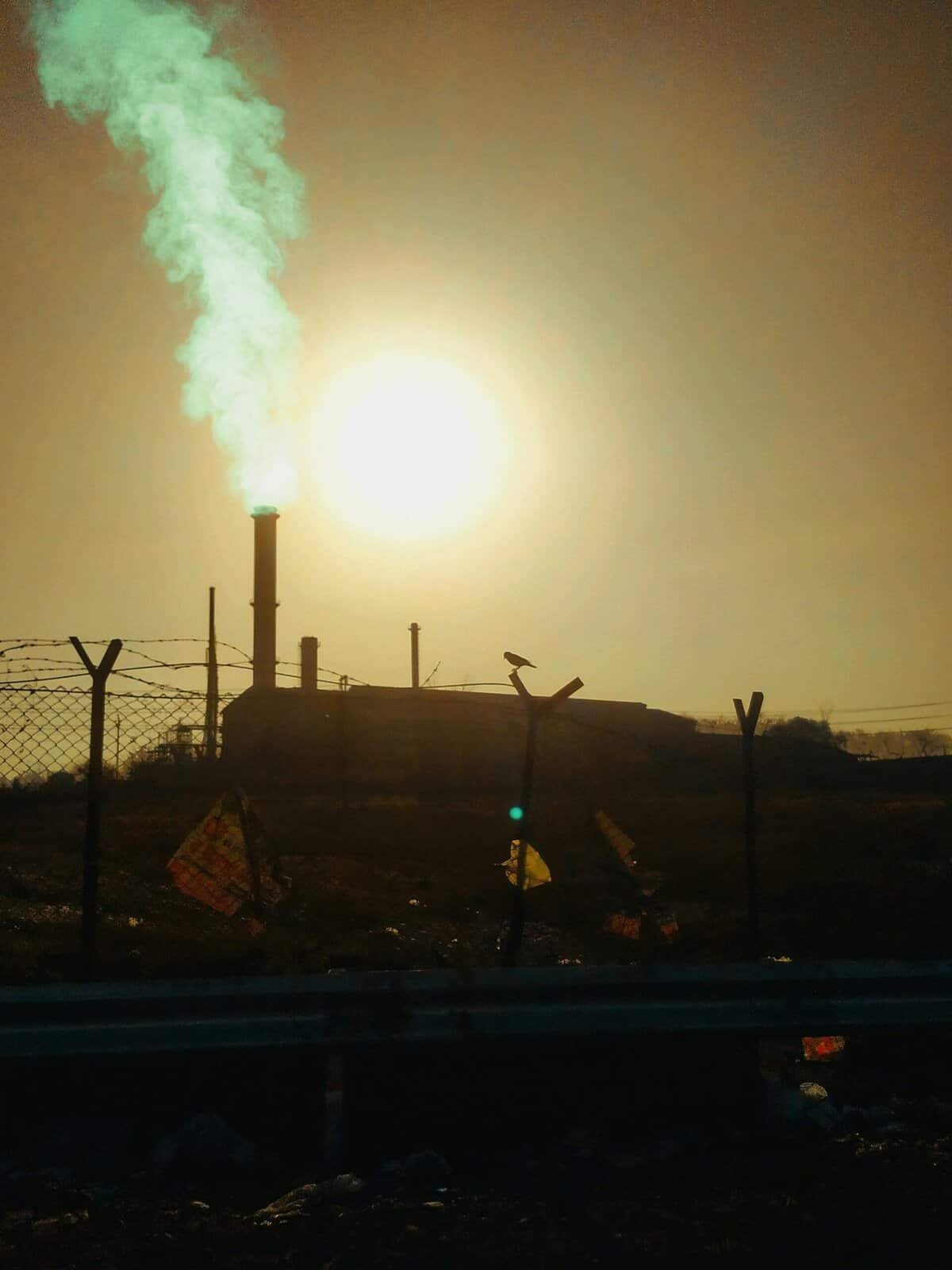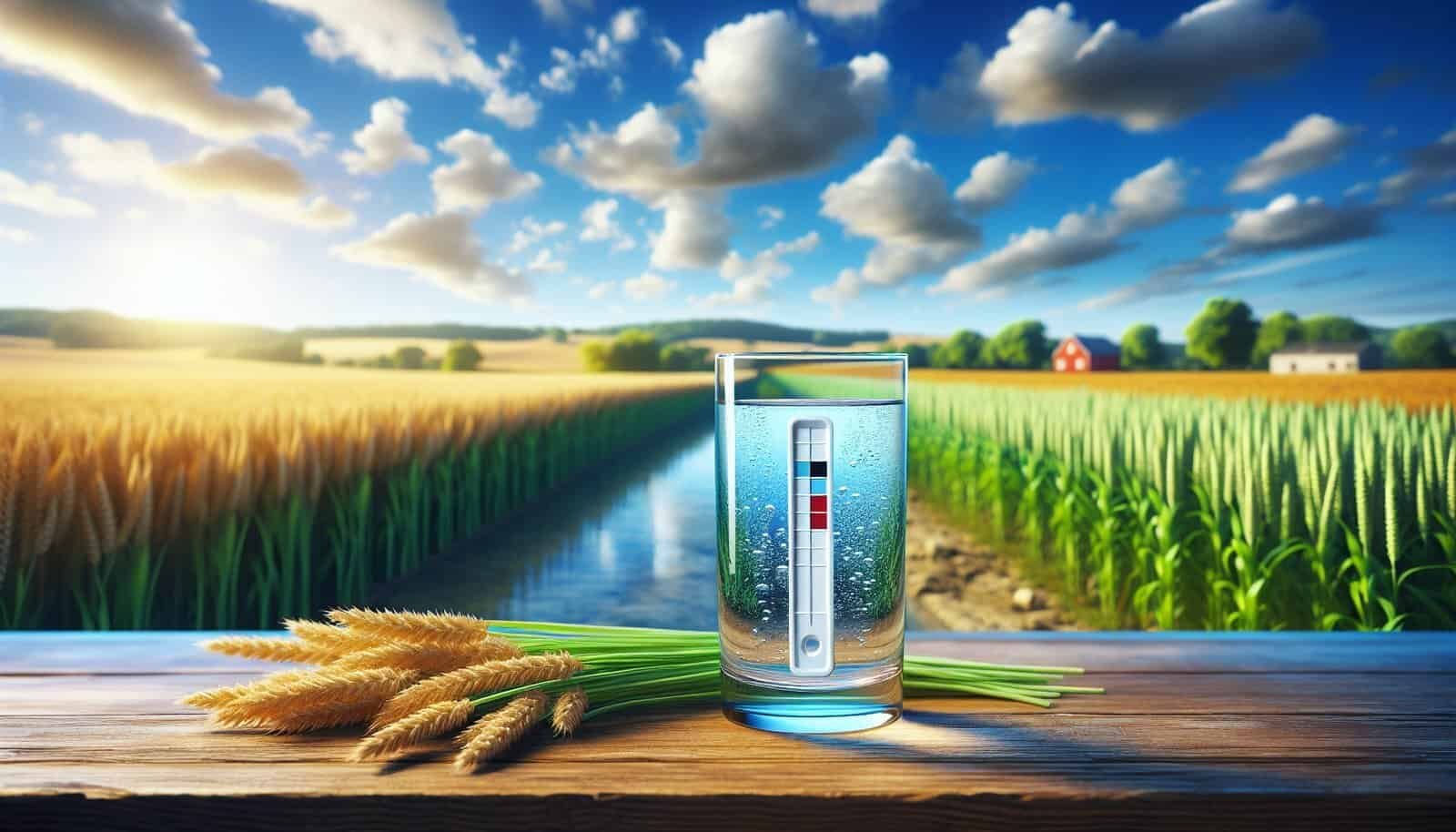Have you ever wondered about the invisible substances that could be lurking in your water supply? Surprisingly, one common yet often overlooked component is nitrates. Understanding what nitrate contamination is and the risks it poses to your health and environment can be crucial. Let’s dive into the world of nitrates and uncover why you should pay attention to them.
Understanding Nitrate Contamination
Nitrate contamination occurs when nitrate levels in water go beyond natural concentrations due to human activity or natural processes. Nitrates, which are forms of nitrogen, are commonly found in fertilizers and are used extensively in agriculture to enhance crop yield. They can seep into water bodies through runoff from fields, leaking septic systems, and emissions from wastewater treatment plants.
What Are Nitrates?
Before diving into contamination, it’s essential to know what nitrates are. They are compounds made of nitrogen and oxygen, with the chemical formula NO3. Nitrates occur naturally in soil and water and are vital for plant nutrition. Your concern should start when nitrate levels exceed what is naturally found, posing risks to health and the environment.
Sources of Nitrate Contamination
Nitrate contamination primarily comes from several anthropogenic sources. Let’s explore these sources:
Agriculture Practices: Excessive use of fertilizers in agriculture is a leading contributor. When it rains or when fields are irrigated, nitrates dissolve and are carried into nearby water supplies.
Animal Feedlots: The waste produced by animals contains nitrates. When this waste is not properly managed, it can contribute significantly to nitrate levels in water.
Septic Systems and Wastewater: Malfunctioning septic systems and inadequate wastewater treatment facilities can lead to the leakage of nitrates into groundwater and rivers.
Industrial Discharges: Certain industrial processes also release nitrates into the environment, adding to the contamination of water bodies.
How Does Nitrate Get Into Drinking Water?
Your drinking water could become contaminated with nitrates through a few pathways. Agricultural runoff is one such route when it makes its way into water sources. Other sources include leaking septic systems and industrial waste. Once nitrates seep into the groundwater or surface water bodies, they can reach drinking water supplies and pose a risk when consumed.
The Dangers of Nitrate Contamination
Understanding the dangers posed by nitrates is crucial for your safety and well-being. High nitrate levels in drinking water can lead to several health issues, particularly for vulnerable populations like infants and pregnant women.
Health Risks Associated with Nitrate Contamination
Nitrates in drinking water can transform into nitrites in the human body, leading to several health issues:
Methemoglobinemia (Blue Baby Syndrome): This condition affects infants, leading to reduced oxygen transport in the blood, causing the skin to turn bluish. High levels of nitrates are a significant risk factor.
Potential Cancer Risks: Some studies suggest a link between long-term exposure to nitrates and certain cancers. Nitrates can transform into nitrosamines, compounds that are carcinogenic.
Thyroid Function Interference: There are indications that high nitrate levels could disrupt thyroid function, affecting hormone production and potentially leading to thyroid disease.
Environmental Impact of Nitrate Contamination
Besides health concerns for humans, nitrates also impact the environment:
Eutrophication: Nitrate runoff can cause excessive growth of algae in water bodies, leading to eutrophication. This process depletes oxygen in water and can kill fish and other aquatic life.
Biodiversity Loss: The changes in water quality and aquatic life composition may cause biodiversity to decline, affecting entire ecosystems.

Measuring and Regulating Nitrate Levels
Monitoring nitrate levels is crucial to ensure they remain within safe limits. Understanding how nitrate levels are measured and regulated can help you comprehend the extent of the issue and what measures can be taken.
Nitrate Testing Methods
There are specific methods to test for nitrate levels in water:
Chemical Test Kits: These kits are available for you to use at home or in field settings to provide a quick estimate of nitrate levels.
Laboratory Testing: For more precise measurements, samples are sent to accredited laboratories where sophisticated equipment is used to determine nitrate concentrations.
Regulatory Standards for Nitrate Levels
Many countries have established regulatory standards for nitrate levels in drinking water:
World Health Organization (WHO): The WHO suggests a maximum limit of 50 mg/L of nitrates in drinking water.
United States Environmental Protection Agency (EPA): The EPA sets a maximum contaminant level of 10 mg/L as nitrogen (about 44 mg/L as nitrates).
European Union Standards: Similar to the WHO, the EU restricts nitrate levels to less than 50 mg/L in drinking water.
These standards aim to protect public health and ensure water safety for all users.
Mitigating Nitrate Contamination
Addressing nitrate contamination involves adopting both preventive and remedial measures. Knowing what actions can be taken to mitigate contamination can empower communities and individuals.
Preventive Approaches
Preventive strategies are crucial in managing nitrate contamination:
Improved Agricultural Practices: Farmers can adopt practices such as crop rotation, cover cropping, and precise application of fertilizers to reduce runoff.
Proper Waste Management: Managing animal waste properly and maintaining septic systems can significantly reduce potential nitrate pollution.
Industrial Waste Management: Companies should adhere to regulations regarding waste disposal to prevent nitrates from entering water supplies.
Remediation Techniques
When contamination occurs, remediation is necessary:
Denitrification Systems: These biological systems convert nitrates to nitrogen gas, effectively removing them from water supply systems.
Wetland Restoration: Restoring wetlands can naturally filter nitrates from water, serving as a buffer zone.
Phytoremediation: Planting specific species can absorb excess nitrates from the soil and water, reducing contamination levels.

Role of Community and Government
The role of both community and government is vital in managing nitrate contamination. Awareness and policies can drive change and improvement.
Community Involvement
Communities can play an active role by:
Advocacy: Raising awareness about nitrate pollution and advocating for stricter regulations can rally support for improved water quality.
Education: Educating residents about the sources of nitrate contamination and how they can reduce their own contributions is vital.
Government Policies and Initiatives
Governments need to enforce policies that address nitrate contamination:
Regulations and Compliance Checks: Enforcing and updating regulations to reduce contamination from agricultural, industrial, and wastewater sources is crucial.
Research and Funding: Providing funds and support for research into alternative farming practices and nitrate remediation technologies.
Subsidies for Farmers: Offering financial incentives for sustainable farming practices that reduce the need for nitrogen fertilizers.
Protecting Yourself and Your Family
Your personal actions also matter in guarding against nitrate contamination. Understanding how to protect your household ensures you stay safe.
Individual Measures
Here are some steps you can take:
Water Filtration Systems: Install home water treatment systems designed to remove nitrates effectively.
Well Maintenance: If you use a private well, have it regularly tested and maintained to ensure it remains uncontaminated.
Informed Consumption: Stay informed about local water quality reports and be conscious of any public advisories.
Choosing Safe Water Sources
Opting for safe drinking water is key for health protection:
Bottled Water: Although not always a sustainable choice, bottled water can be an immediate alternative in contamination hotspots.
Community Water Systems: Support and trust in local community water systems that adhere to regulatory standards can provide more reassurance than private sources.

Conclusion
Your understanding of nitrate contamination is critical to ensuring you and your loved ones remain safe from potential harm. While nitrate contamination poses undeniable risks, being informed and taking proactive measures can significantly reduce these dangers. Through community effort, thoughtful government policy, and individual actions, it’s possible to manage and mitigate the impact of nitrate contamination on water resources effectively. By fostering awareness and promoting sustainable practices, you contribute to a safer, healthier environment for everyone.
